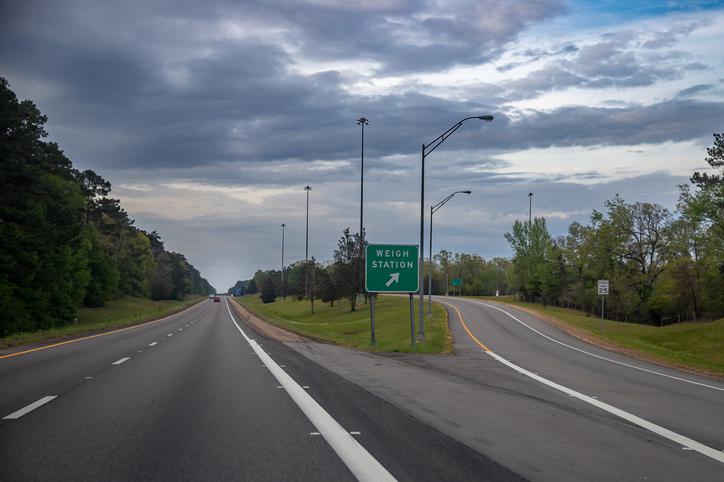We’ve reported on the servicing costs for several models in the past, and here’s another one. This time, we’re comparing the Proton X50 and Honda City, not because they directly compete against each other, but because they are popular choices among car buyers in the market for a B-segment model, and somewhat overlap in terms of pricing – X50 (RM79,200-RM103,300); City (RM74,191-RM86,561).
So, if you’re looking for a comparison where the X50 is put up against something from the compact SUV segment, head over here instead. However, if you’re curious about the servicing costs of the two most popular SUV and sedan nameplates in the Malaysian B-segment market currently, read on.
Before we proceed, there’s some housekeeping in order. Firstly, all the data you see here is available from the official websites of Proton and Honda Malaysia. Secondly, we’re comparing the X50, which has the same service schedule for both its 1.5 litre turbo three-pot engines, to the City with the new 1.5 litre naturally-aspirated DOHC i-VTEC engine.
Thirdly, we couldn’t include the newly-priced Nissan Almera – another hot B-segment model – into the comparison, because the Almera’s service schedule is not readily available (yet). Lastly, our tables only go up to five years or 100,000 km, but we will mention items that are required beyond that point.
Looking at the overall figures, the City 1.5L is cheaper to maintain when compared to the X50, but only by RM657.24 over five years/100,000 km. This is the same story when compared on a year-to-year basis, as the sedan has significantly lower servicing costs from year one to four, although it does get close in the fifth year.
It should be noted that the X50 uses fully-synthetic engine oil, while the City gets semi-synthetic lubricant by default. Should you request for fully-synthetic oil for your City, the price goes up from RM114.69 per change (includes drain plug gasket) to RM130.80, which brings the grand total over five years/100,000 km to RM3,830.81. This is still cheaper than the X50, but by a smaller delta of RM496.14.
Referring to the individual tables, we can see that the City requires fewer engine oil filter changes, as this happens every 20,000 km compared to the X50 that needs a new one every 10,000 km. The same can be said of the air and cabin filters, which may cost more each time for the City, but is still cheaper across five years/100,000 km.
Click to enlargeMeanwhile, the X50 only replaces its DCT oil at the 90,000-km mark, whereas the City’s CVT needs new lube at the 40,000 km intervals. Additionally, the X50 uses just three regular spark plugs, which may need to be changed more frequently – every 40,000 km – but are still cheaper overall compared to the City that requires four new iridium spark plugs at the 100,000-km mark.
Other notable mentions include fuel filter changes, which happen every 20,000 km for the X50, but the City only gets a new one at the 140,000-km mark. Honda also recommends a coolant change for the City after 10 years/200,000 km, while the X50 undergoes this service at the 60,000-km mark. Still on the topic of service items required beyond five years/100,000 km, the X50 needs a new timing (RM195.16) and drive (serpentine) belt (RM112.89) at 110,000 km – the City uses a timing chain instead.
Proton currently offers five times free service labour for the first 30,000 X50 customers, but Honda offers the same benefit as standard to all City customers. As you can see, the free labour is applied on specific servicing appointments with both models, mainly those with more items than others to help keep costs of ownership down.
Of course, servicing costs are just one aspect of vehicle ownership, and there are plenty of other things to consider. Given their differing body styles, the cost of tinting and coating is typically less for sedans, and this also extend to car washes, which is something that follows you throughout ownership.
There’s also the matter of general wear and tear items like tyres, which would be cheaper for the City, as the sedan uses smaller wheels ranging from 15 to 16 inches, while the X50’s alloys are 17 to 18 inches in size, depending on variant. Moreover, the X50 has disc brakes at all four corners, which are costlier to maintain compared to the City’s braking system that consists of two discs at the front, and drum brakes at the rear. How much fuel you use is also highly dependent on how frequent and far you drive.
The tables do show that the City will be the cheaper of the two to maintain, likely with lower wear and tear costs too. Of course, all costs are spread out over the years, so in the end, the difference isn’t that significant. It’s just a good reminder to think of maintenance costs too when buying a new car.

